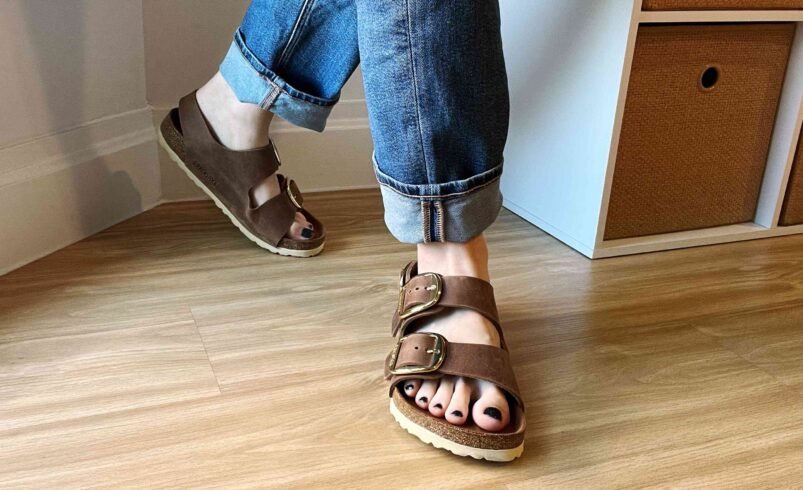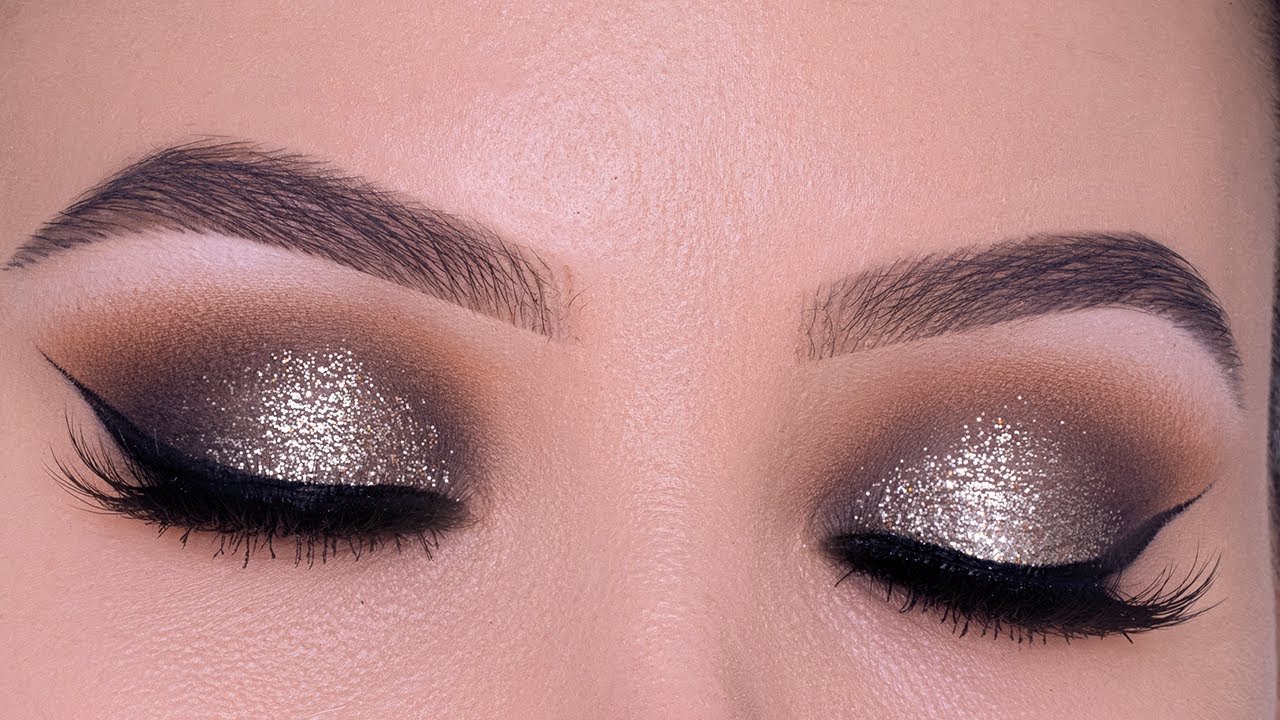Not All Sandals Are Built for Real-Life Walking

Some sandals look cute. Some sandals feel soft. But not every pair can actually handle your day. If you’ve ever had to stop and take your shoes off halfway through a walk, you already know what this means.
Just because something looks fine for a quick trip to the store doesn’t mean it’s built to last on your feet. Real walking—the kind you do when you’re out for hours, running errands, sightseeing, or even just doing everyday stuff—needs shoes that can keep up.
Let’s talk about what makes a pair of sandals actually good for real life, and why not all of them are worth your time (or your money).
Why Comfort Isn’t Just About Softness
A lot of people think soft means comfortable. But here’s the thing: super soft soles might feel nice at first, but they don’t always support your feet. When you’re walking a lot, you need structure. Something that holds your foot in place and doesn’t make you feel like you’re sinking into foam.
Some sandals are designed to look stylish but skip the part where your arch actually matters. That’s a problem if you plan to wear them for more than a few minutes. Your feet carry your whole body. If the sandals don’t support you properly, you’ll feel it in your ankles, knees, or even your back.
A better option? Try something that gives proper support and feels nice. You don’t need to sacrifice one for the other. For example, a lot of people looking for that balance check out Birkenstock Women’s Sandals because they’re known for combining foot support with simple styles that don’t go out of fashion. But whatever brand you choose, the structure under your foot matters more than the way the straps look.
The Strap Test: Will They Actually Stay On?
Some sandals have little stringy straps or thin material that’s just there for looks. That might be fine if you’re sitting by the pool. But when you’re walking around town or going upstairs or hopping off a bus, you don’t want to be adjusting your shoes constantly.
Good walking sandals should stay put. That means they need to fit well and actually hold your foot—not slide around or make you grip your toes to keep them on. If you feel like you’re working just to keep them from slipping off, they’re not doing their job.
An easy way to check is to walk fast in them, or go up and down some stairs. Do they move around? Do they pinch? If yes, skip them. If they stay solid and your foot feels secure, you’re on the right track.
What Makes a Sole Actually Walkable
Look at the bottom of the sandal. If it’s flat and smooth, it might be okay for indoor wear, but not great for real sidewalks or uneven paths. A good walking sandal needs a sole that grips the ground and gives your foot some bounce.
It doesn’t have to be sporty or chunky to be supportive. But it does need to feel like it’ll protect your foot if you step on something sharp or uneven. That’s what separates fashion sandals from functional ones.
Also, flexibility is key. Too stiff and it’ll be uncomfortable. Too floppy and it won’t support you. The best sandals bend where your foot bends—around the toes—but still hold firm under your heel.
Materials Matter More Than You Think
Some sandals feel okay in the store but start falling apart after a few weeks. That’s usually because the materials were cheap or glued together poorly.
If you’re going to wear something regularly, it should be made of decent materials. Leather, high-quality synthetics, or soft-but-durable footbeds usually last longer than the shiny plastic stuff. And if you’re walking in hot weather, you also want something breathable. Trapped heat = sweaty, sore feet.
Another thing? Bad materials don’t always stretch well. If the straps start digging in after a while or make your feet swell, they’re probably not meant for real-life walking.
Can You Actually Walk in Them All Day?
This is the biggest question. Some sandals are only made for short trips, like walking from your car to the restaurant. That’s fine. But if you need something that’ll last a whole day, don’t just rely on how they feel in the store.
Walk around in them a lot before committing. Try different surfaces. If you can, break them in at home for a few hours before wearing them out.
You want sandals that disappear when you wear them—not literally, but in the way that you forget they’re even there. No rubbing, no slipping, no “ugh, I need to sit down.”
It’s Not Just About Looks—It’s About Lasting
It’s super easy to get distracted by trendy designs or cool colors. And yeah, it’s fun to match sandals with outfits. But at the end of the day, the ones you reach for over and over again? Those are the ones that don’t hurt, don’t slide, and don’t break down after a week.
If you find a pair that does all that and looks good, that’s awesome. But don’t start with style first. Start with how it feels. Because no one looks stylish when they’re limping through the second half of the day.
Final Thoughts
The right sandals are the ones that can keep up with your life. That means they have to feel good, hold your feet in place, and last longer than just a few wears. If you’ve ever ended a day with sore feet, you know it’s worth paying attention to what’s actually on the bottom of your shoes.
When you shop for sandals, don’t settle for the ones that just look good. The best ones let you walk wherever you want—comfortably.





